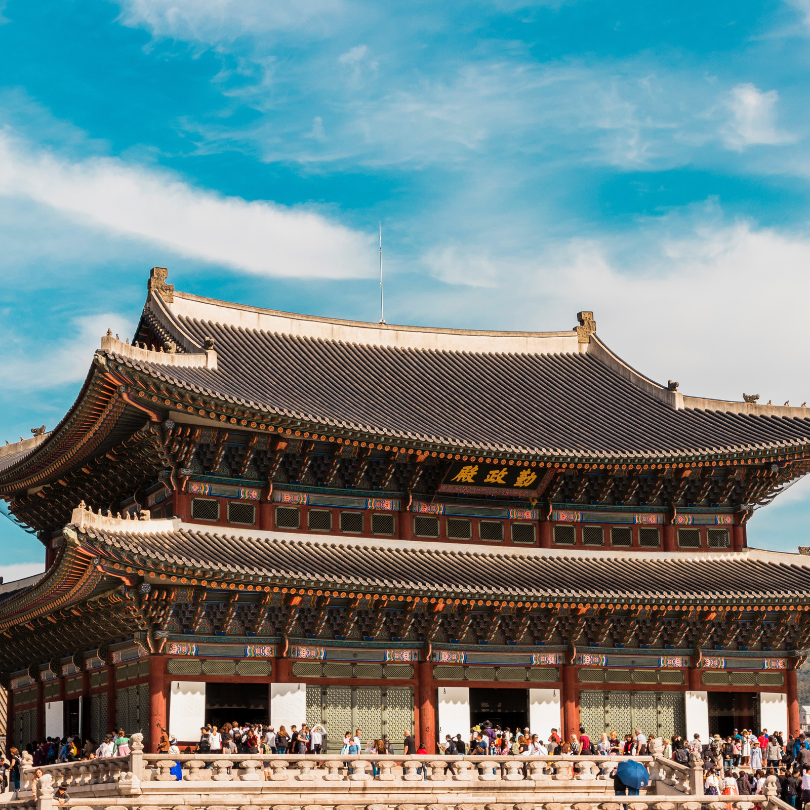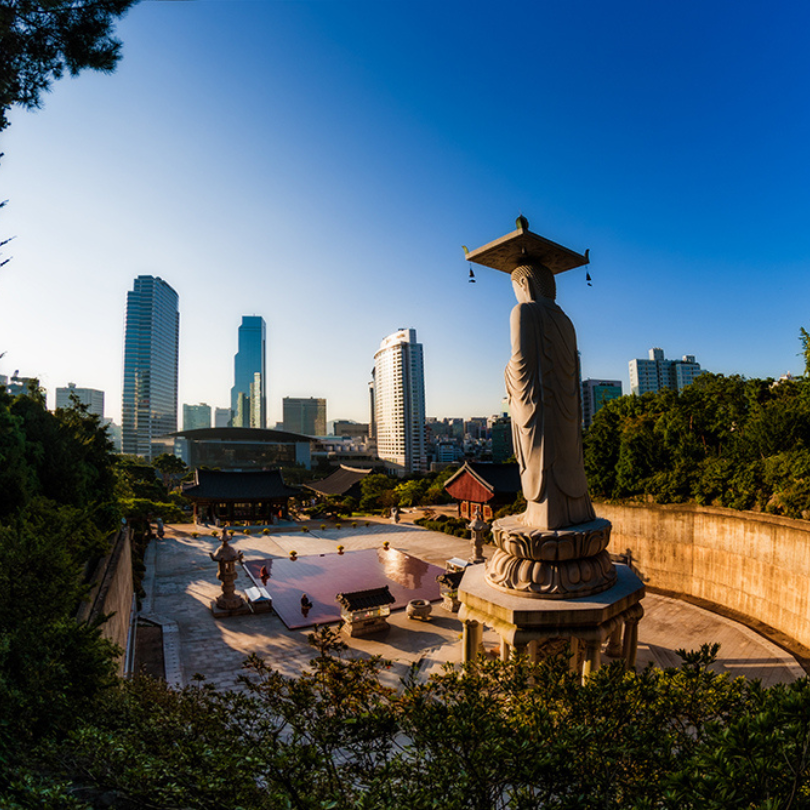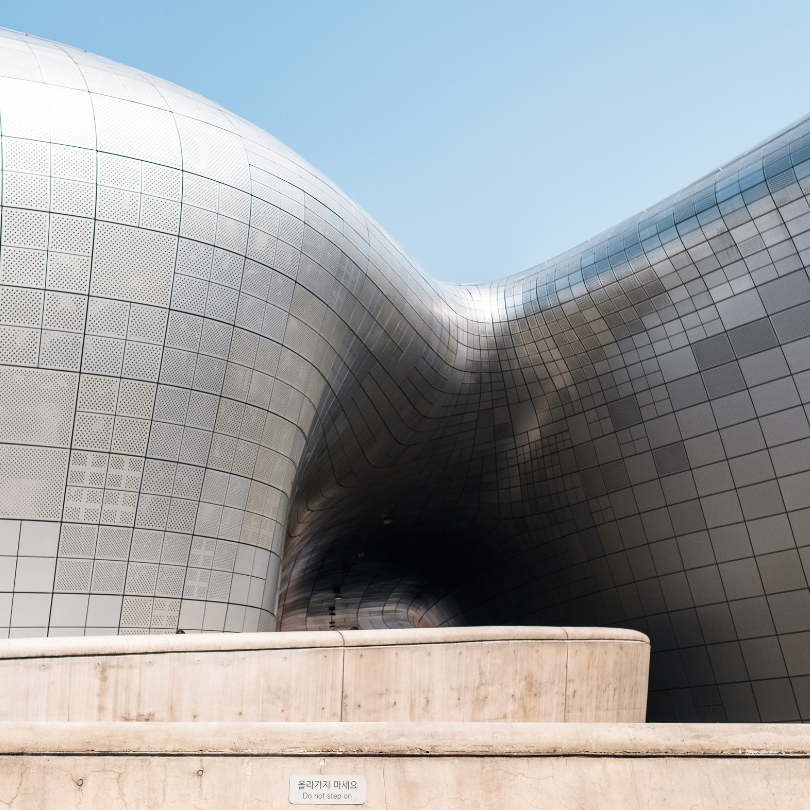
Why Seoul?
Seoul, the so called "Special City"
Seoul, officially the Seoul Special Metropolitan City, is the capital and largest metropolis of the Republic of Korea (commonly known as South Korea). Seoul is the world's 16th largest city, and forms the heart of the Seoul Capital Area, which includes the surrounding Incheon metropolis and Gyeonggi province. The Seoul Capital Area houses about half of the country's population of 51.44 million people with 678,102 international residents. Situated on the Han River, Seoul's history stretches back more than two thousand years when it was founded in 18 BC by Baekje, one of the Three Kingdoms of Korea.
Today, Seoul is considered a leading and rising global city, resulting from an economic boom called the Miracle on the Han River, which transformed it to the world's 4th largest metropolitan economy with a GDP of US$845.9 billion in 2014 after Tokyo, New York City and Los Angeles.
Must see attractions

Gyeongbokgung
Nestled in the heart of the city, this iconic palace is a time machine that catapults you back to the majestic days of the Joseon Dynasty. Stroll through its regal gates, and let the echoes of royal footsteps guide you through centuries of captivating stories.
Marvel at the intricate architecture, from the vibrant hues of the Geunjeongjeon Hall to the whimsical beauty of the Hyangwonjeong Pavilion surrounded by a serene pond. Don't forget to keep an eye out for the Changing of the Guard ceremony, a spectacle that adds a touch of ceremonial flair to your visit.
Learn More
Bongeun-sa
Located in the heart of ritzy Gangnam, the shrines and halls of the Buddhist temple Bongeun-sa, with its tree-filled hillside location, stand in direct juxtaposition to its corporate high-rise surrounds. Founded in AD 794, the buildings have been rebuilt many times over the centuries.
Entry to the temple is through Jinyeomun (Gate of Truth), protected by four king guardians. The main shrine, Daewungjeon, has lattice doors and is decorated inside and out with symbols and art that express Buddhist philosophy and ideals.
Learn More
Dongdaemun Design Plaza & Park
Designed by the late Zaha Hadid, this neofuturistic cultural complex was commissioned to replace the Dongdaemun Stadium, built during Japanese rule in the 1920s. Dubbed the 'largest three-dimensional atypical structure in the world', the undulating aluminium and concrete landmark comprises galleries, event spaces, design shops and lawns that rise up to its roof.
The attached Dongdaemun History & Culture Park includes museums that highlight past uses of this area, such as a 16th-century military camp.
Learn More